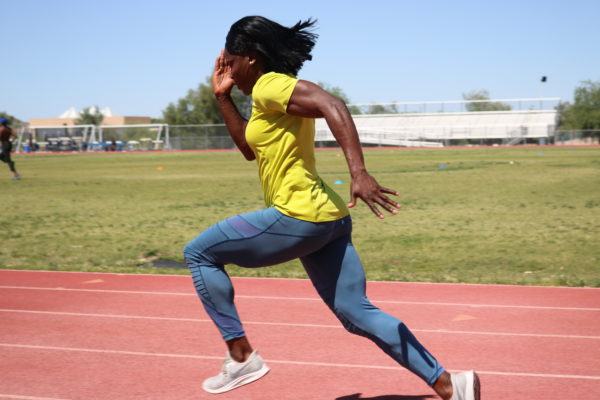“It’s just like riding a bike”
This is a phrase that refers to a learned skill that is retained over time; if you learned how to ride a bike as a kid, even years later, it’s hard to forget.
You have probably ridden a bike, and can attest to the above — but have you ever taught someone else how to do it? Chances are, if you have children, you have done so.
Perhaps you used a bunch of safety equipment – training wheels, helmets, knee and elbow pads for example. Perhaps you walked/ran beside the bike holding the seat and handlebars as the speed of the bike picked up, before finally letting go.
If you haven’t taught someone how to ride a bike, think back to how you learned, if you can remember. Were you told how to apply pressure to the handlebars, how to lean to the side, how to turn the wheel, how to cycle your feet?
Probably not, right?
Let’s consider the Backwards Bike, to provide further context:
So, how would you have taught yourself how to ride this bike?
And why is it so challenging?
The reason you would have so much trouble, and a child relatively less so – besides their more ‘plastic’ brains – is due to the biases you have developed over time to solve the problem of riding a normal bike in a normal way.
Which is quite normal.
As this is probably the first time you have seen or heard of the backwards bike, why would you ever even need to worry about learning how to ride one?
But what if you had to?
What if 50% of all the bikes in the world were backwards, and you had to alternate between riding a normal bike and a backwards bike?
How would you train yourself to do this? Or how would you train a child new to riding any bike at all how to do it? How would this differ between training someone only to ride a normal bike?
…
While we may not have any backwards bikes to ride, the athletes we work with might have an even more complex task – they have to accelerate, decelerate, sprint, turn, jump, and change their directions — all the while interacting with teammates, opponents, a ball, and an ever-changing environment.
They don’t have a single backwards bike to worry about. They have multiple.
How does that change your thinking?
Are you training athletes to ride a normal bike? And if so, are you assuming that this will enable them to proficiently ride a backwards bike?
Or are you training them for the infinite problems that exist in their sport? And if so, how are you doing this?
Do you begin with the ‘backwards bike’ (i.e. the infinite chaos of team sport performance), and work backwards from there?
Or do you begin with the normal bike (i.e. isolated ability and technique development), and develop proficiency there first?
Do you have a framework to aid you in this process?
Do you train all the athletes the same way, regardless of their proficiency at riding the ‘backwards bike’?
What are your justifications for any of your answers above?
The Need for Speed course covers all of these questions and many more – check it out!

